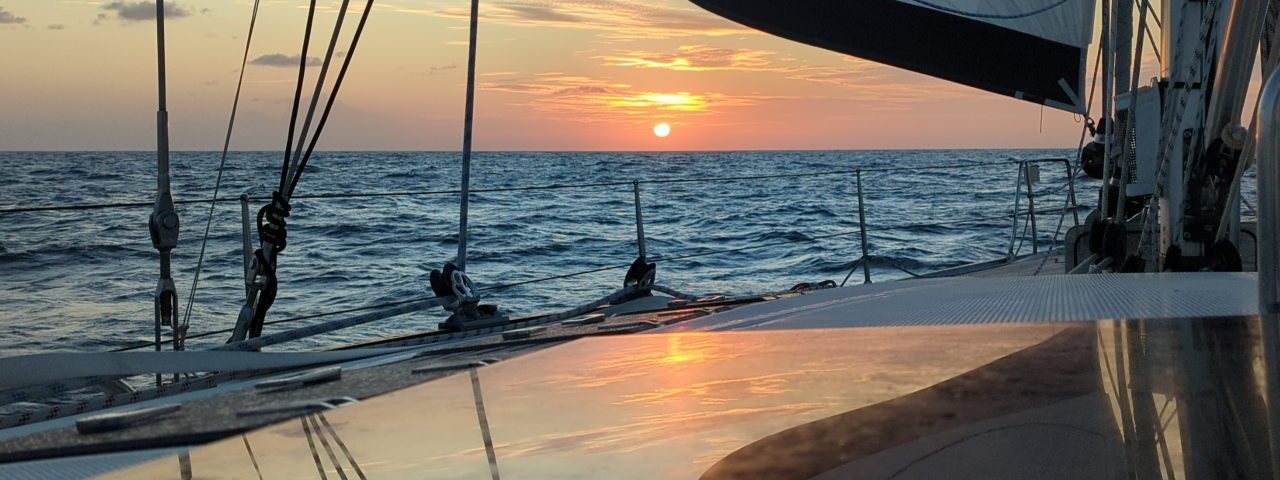The 4th of July we leave the Pacific behind us and make our way to Asia. As we leave Noro we pass the channel between Kolombangara island and New Georgia. The channel is busy with many cargo vessels hauling the timber harvested from the old volcano of Kolombangara.
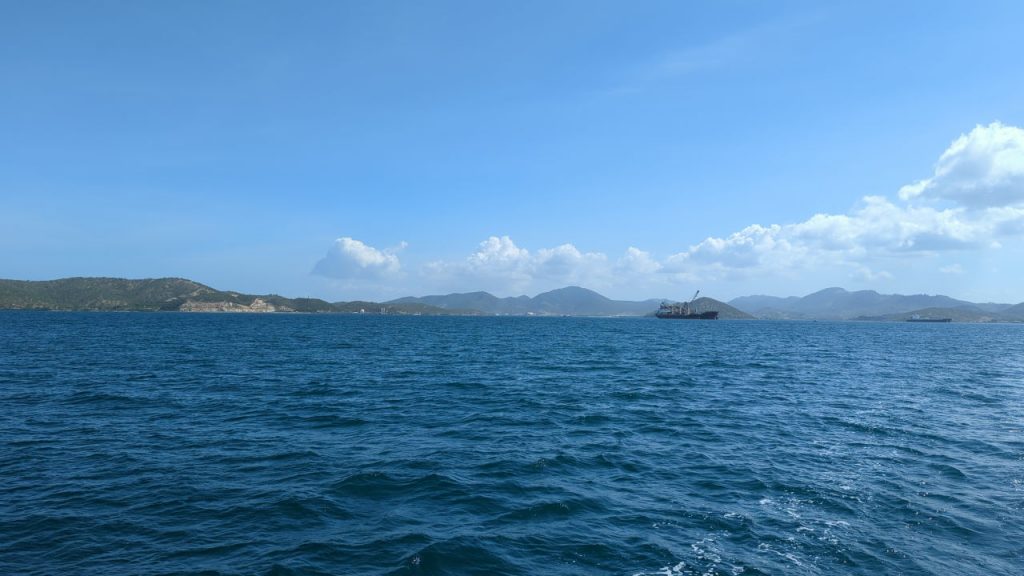
With favorable winds we thread the needle and pass the Ferguson passage. Thereafter it is an open ocean until we see the lighthouse on Pananiu Island. The waves are behind us, as is the wind. Many beautiful sunsets and sunrises kept us entertained as we made good time making the passage.
After the light house we change course due west until we hit the shallows under the tip of Papua New Guinea, south of Milne Bay. The sea bottom rises from 1500 meters back to 20 meters or sometimes less. Although this is double the depth of the lakes we used to sail in Holland, it still makes me a bit nervous. The charts for this area are notoriously unreliable, so we keep a close eye on the depth meter, and try to follow the contours where possible.
We follow the reefs and dodge the islands of the coral sea until we are near Orangerie Bay. We can see the shorelines of PNG as we soar past the reefs at 7 to 8 knots.
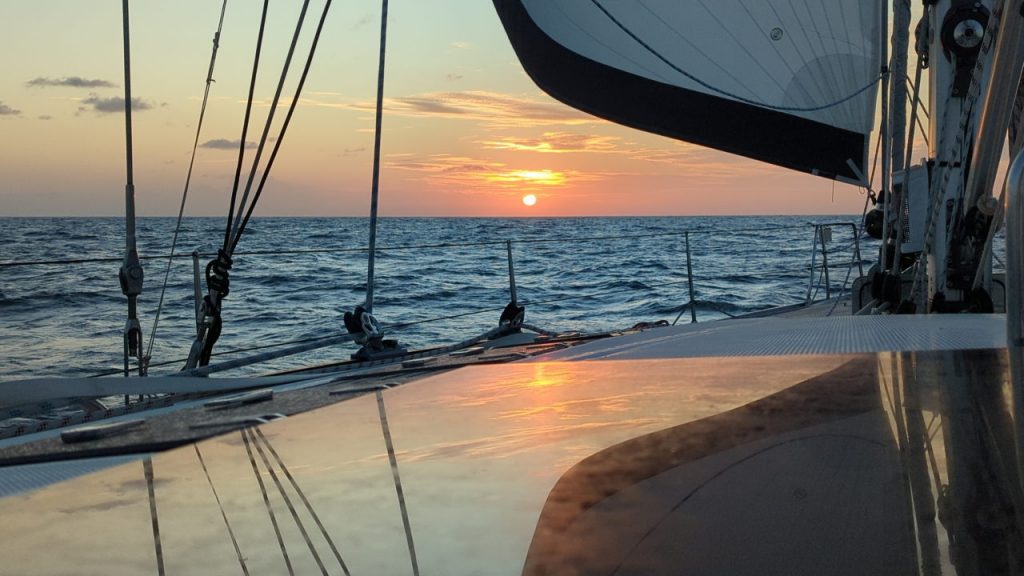
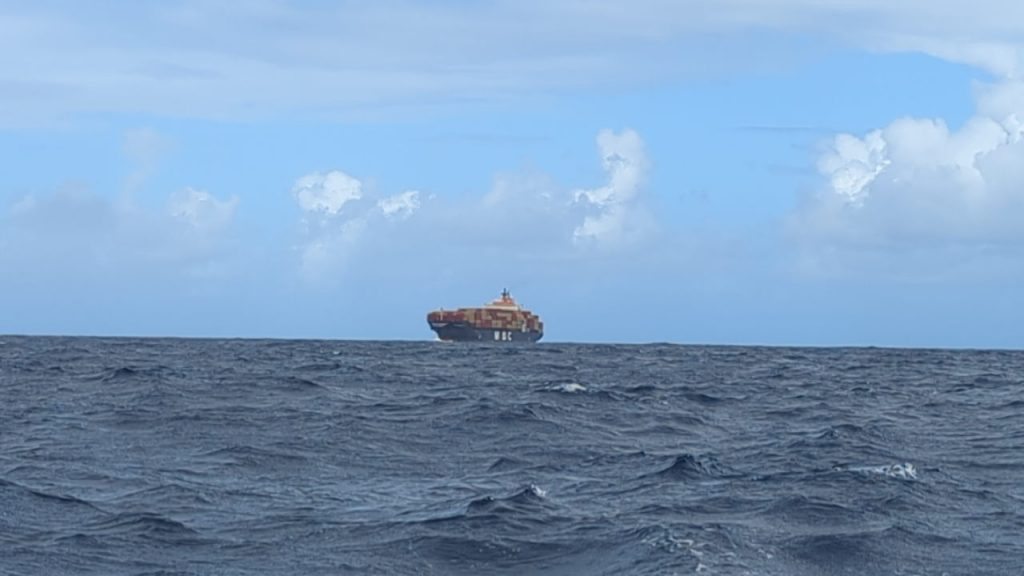
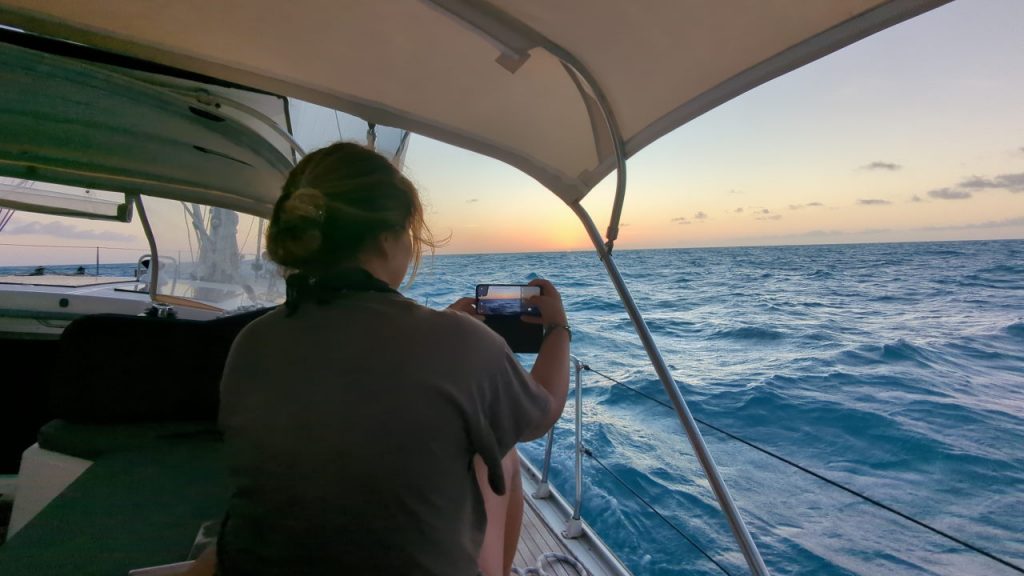
At night it all got a bit unsettling. You hear many horror-stories about the local fisherman boarding sailing vessels that make passage past PNG. At night I got the feeling we got scoped out by the people in the fishing vessels. They were not further that 5 to 10 miles to our North. Flashlights pointed us out and I had the feeling we were being assessed. I might have been completely paranoid, but I decided to go dark, turned off all our lights and AIS and took a more Northerly course to make some more distance between the shoreline and ourselves. We were flying along and with the seas becoming larger as we moved further North. Soon the lights ceased. After a couple of hours I turned our navigation and night lights back on. We adjusted our course a bit more westerly putting the winds behind the boat again.
During the day the AIS showed the occasional fishing vessel but they all seemed to be floating around not doing much. We also crossed the path of a couple of cargo ships as we passed through the shipping lanes. But they all took a wide berth and kept a safe distance.
At night however, the occasional fishing boat turned into strings of AIS targets. The fleet was getting to work and laid out long strings of nets. Every floater of the nets had an AIS transponder, so the screen lit up with lines and lines of targets. All ahead of our trajectory. This kept us busy for the next couple of evenings, trying to find our way through the nets. Every time we though we had passed a string of nets and had clear waters ahead, a new string popped up on the screen as a blockade to our progress.
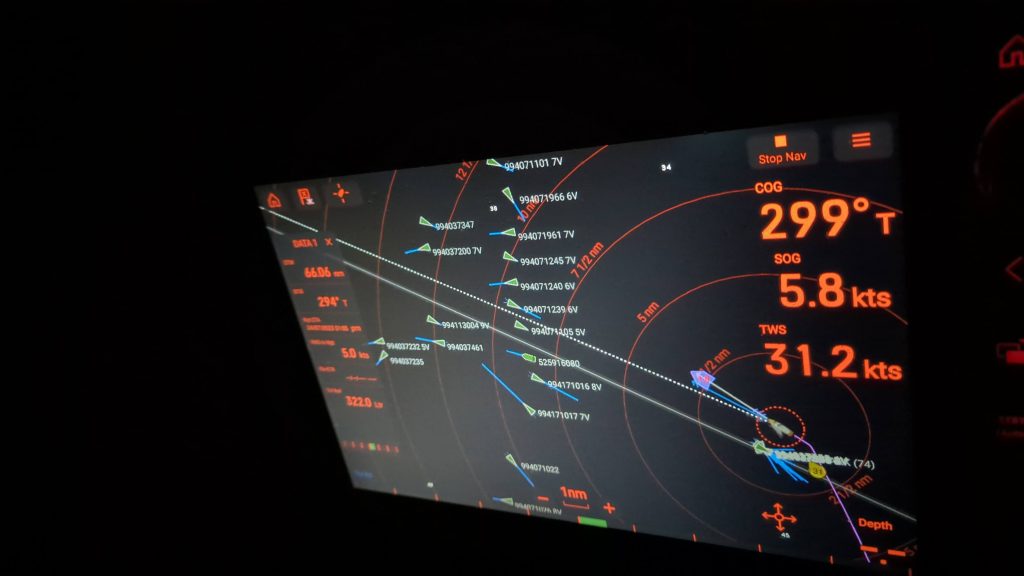
The winds and waves picked up as we got closer to Moresby. We were now rolling along in 30 to 40 knots of wind behind us. We had to slow the boat down, as with this pace we would reach the entrance to Port Moresby in the middle of the night. We took down all sails except for a little fraction of the storm sail on the inner stay. We were still pushing 7 knots, Ah Ma just does not do slow.
But with prudent anticipation I managed to get the bow of the boat within reach of the passage into Moresby by early morning of July the 10th. We had been at sea for almost 6 days and everyone was tired from the heavy seas, hauling winds and rocking of the boat in the downwind run.
We were all happy to drop the hook in the bay in front of the Marina. As we were early in the morning, it took some time for the marina to answer our calls on the VHF and Email. But eventually near the end of the afternoon a skiff arrived filled with officials demanding stamps, passports and of course money.
Unfortunately the driver of the tender filled with officials, a marina employee, was not able to handle his skiff. He slammed the tender into the side of Ah Ma, leaving an ugly scar on the fresh anthracite foil. I later addressed this with the Marina, but of course no response or responsibility was taken there.
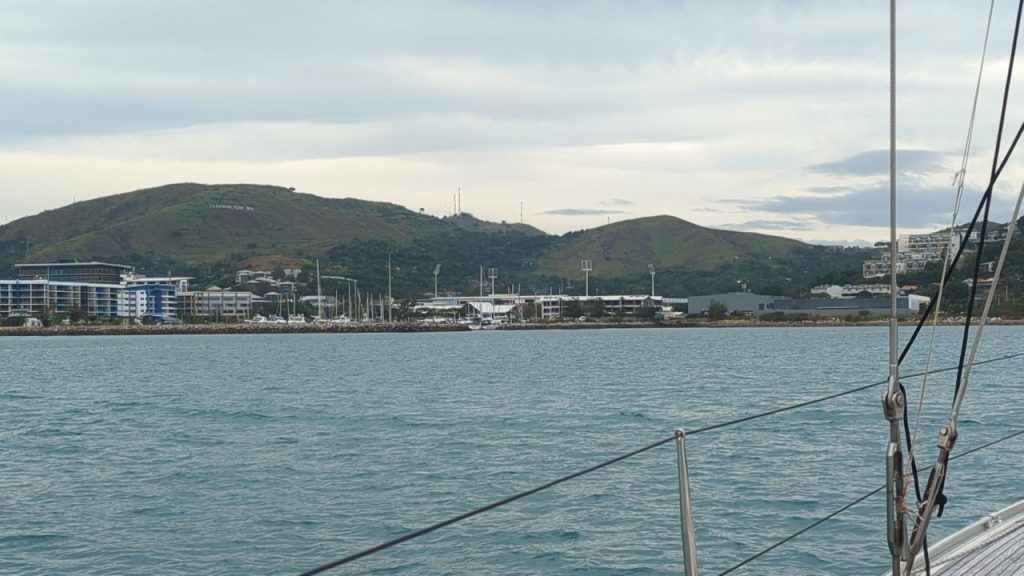
Later that afternoon, after formalities completed, we were directed to our berth in the marina. We were the only guest boat inside the half empty facility. We were happy to tie off and be able to step on land, the passage has been rough at times, but certainly nut unpleasant. It was some good sailing.
The Papua Royal Yacht Club, as this is the formal name of the marina, is an odd duck. It oozes colonial history. The personal in the office and at the bars is very friendly and helpful. But the local clientele sees the marina as a local posh club and act snobbish. In all honesty the yacht club can certainly be considered a posh club. Certainly in the setting of Port Morseby. The city is a run down product of Australian colonialism. Immense unemployment, rampant drug abuse, mostly betel-nut, but also harder narcotics. Raging crime rates. The moment you step out of the gates of the marina you are in an urban jungle.
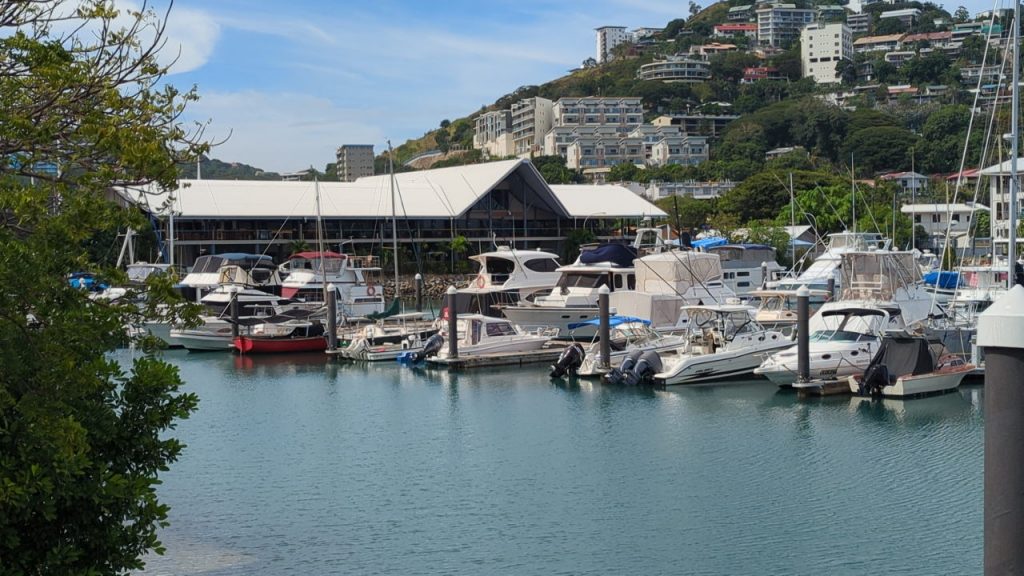
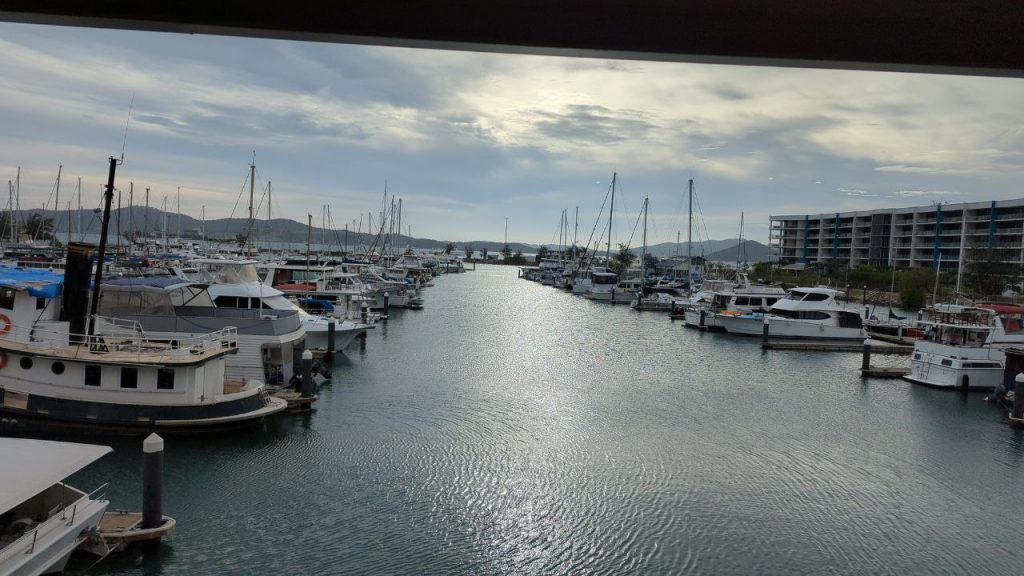
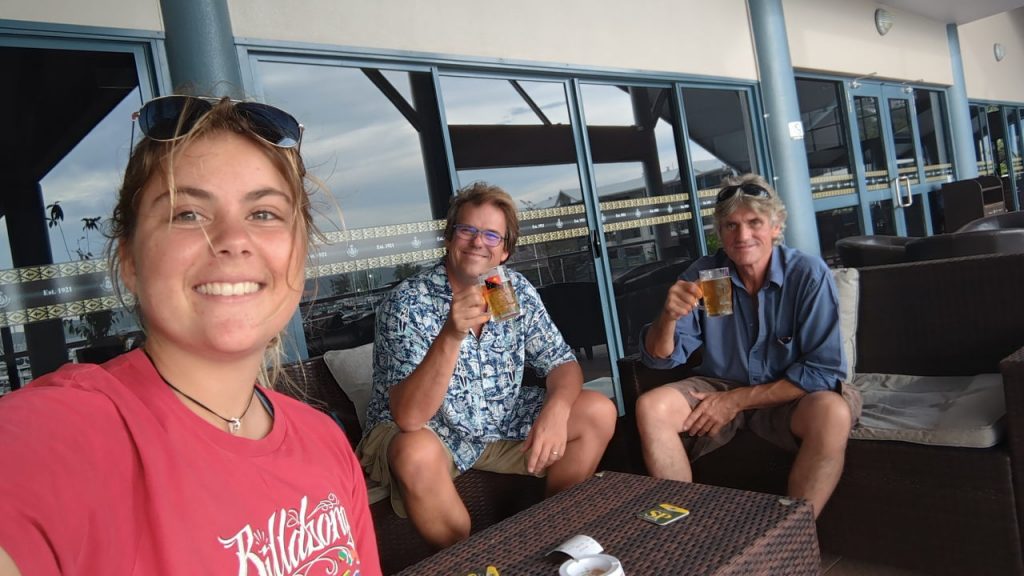
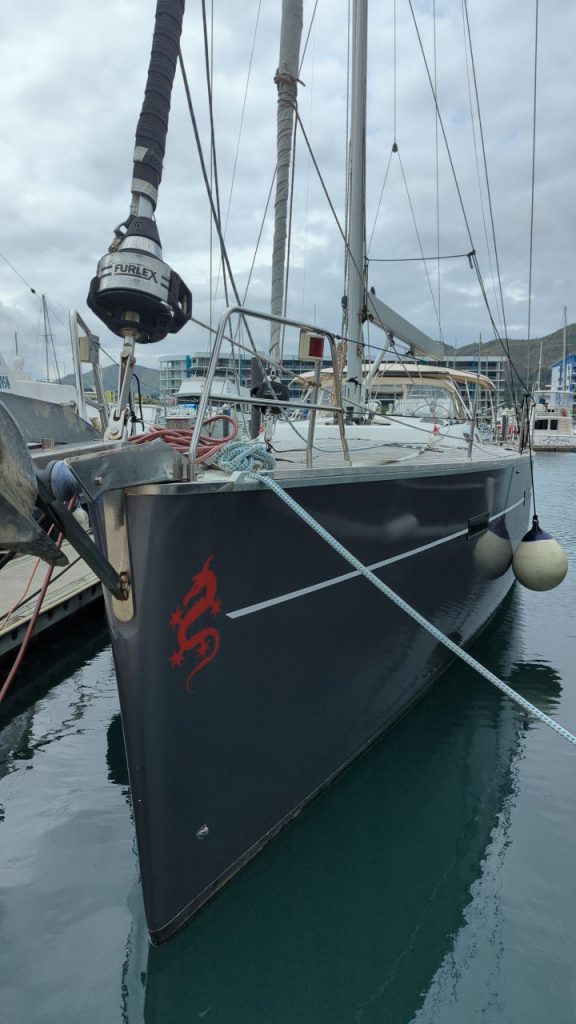
Amidst this Orwellian backdrop we picked up Roo, our new crew member. Ben was to leave us in PNG, as he needed to go back to New Zealand to get his own boat ready for the escape from NZ. I am thankful for Ben to have joined us at the last minute. He is a good friend.and a great addition to the crew. His open attitude to live opened many doors that otherwise would have staid shut.
